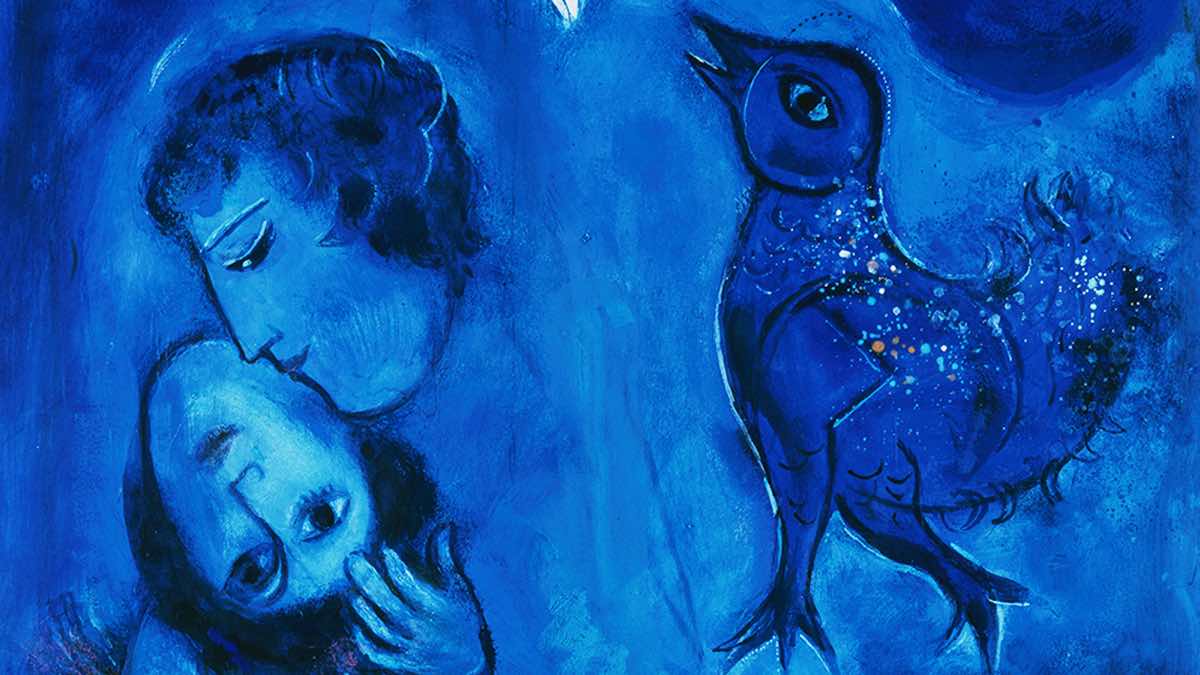
Dreams throughout Art
How do you depict the indescribable? Is dreaming the preferred path of the subconscious?
Within the history of art, the dream is a very common theme, particularly the idea of the dream and its meaning in a painting. Mysterious and elusive, paintings surrounding dreams question, disturb and fascinate us all at once. In other words, the dream in art is a wandering spirit on the path of the imagination. It is through this pictorial representation that we are consequently forced to examine the link between the visible and the invisible. Whether it be through a religious or a more psychological perspective, artists who express their dreams through painting lead us to explore subjects that are often left untouched. Artsper invites you to look back through the history of this dreamy phenomenon over five key periods in time.

The Renaissance, a biblical and mythological depiction of dream painting
Today, often perceived as a manifestation of the subconscious and the psyche, dreaming is a theme which has greatly evolved throughout the history of art. Its representation has therefore transformed over time, always expanding somewhat in definition as a result. During the Renaissance era, dreaming was solely presented as a religious experience. That is to say when the soul, at rest, leaves the body and encounters higher beings. Subsequently, dream art in the 15th and 16th centuries does not actually depict the artist’s dream. Instead, it is inspired by religious narratives to depict biblical dreams. A painting of a dream had a specific meaning; it was a way to access the higher realm and divine truth. Therefore the painter of the dream, principally in response to the demands of the Church, depicted religious figures inspired by the New Testament.
The personal dream only became legitimized much later. Consequently, the first artist to paint a dream of their own was Albrecht Dürer, in his watercolor painting The Vision in 1525.
For instance, Raphaël perfectly demonstrates a representation of a religious dream in his painting The Dream of Jacob. The canvas is darkened, but the soul of Jacob, accompanied by angels, is brighter and appears raised into the heavens. Secondly, the staircase effectively symbolises the spirit’s ascension, and the path to achieve transcendence.

Dreams of Romantic artists “recreating the world”
With Romanticism, the 18th century brought about a change to freedom of artistic expression of the personal dream in paintings. During this period, subjectivity became the heart of inspiration for artists, and dreaming an infinite source of inspiration for self exploration! The first German Romantics called dreaming the “Zweite Welt”, or the “second world”. Daydreams were a way for artists to completely leave themselves in order to experience another world.
The Romantics experimented with many substances in order to achieve a dreamlike state. The painter Eugène Delacroix for example participated in the “Club des Haschinschins”. This was a group dedicated to the study and experience of drugs, in which the doctor Moreau de Tour analyzed their dreams and hallucinations. To the Romantics, dreaming was an escape, but also a revelation of what was deep in one’s soul.
A perfect representation of dark dreams can be found in The Nightmare. The piece by the British artist Johann Heinrich Füssli is a dream painting which explores the subject of an odalisque – a nude woman lying down – in order to evoke the torments of the sleeping spirit. The chiaroscuro, the contortion of the body and the phantasmagorical beings unveil the tortured soul of this sleeping woman. As a result, the observer bears witness to this nightmare that Fussli has presented, which exemplifies the most morbid and fantastical elements of dreaming.
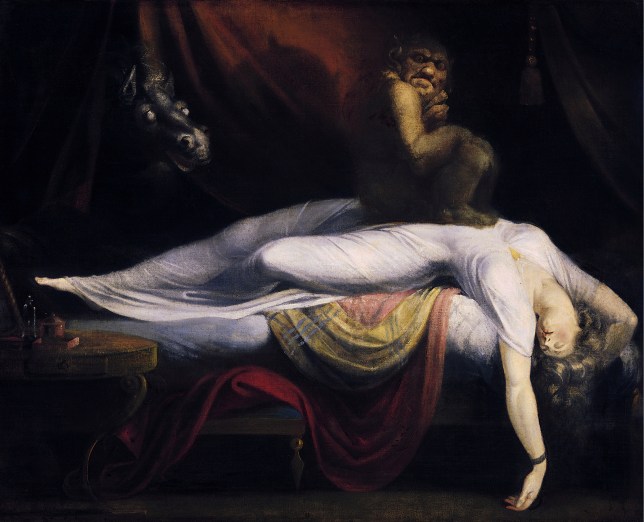
It is also through nature that the Romantic artists explored dreams. Associated with solitude, nature allowed them to flee the challenges of society and stimulated their imagination.
For example, in Der Träumer by Friedrich, a man gazes upon the horizon and appears to be lost in his own world, a type of melancholy daydream.
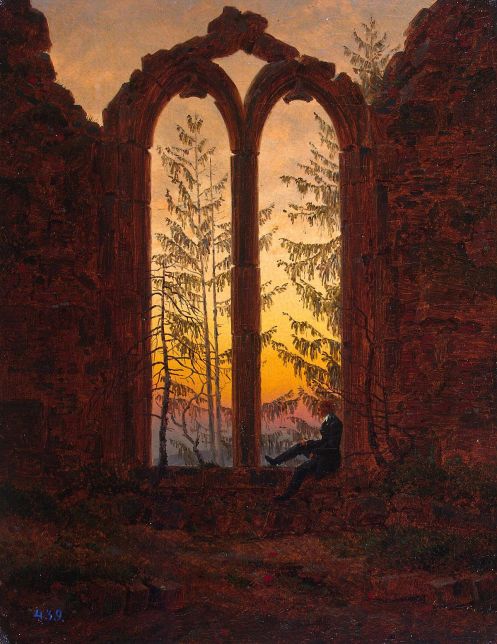
Symbolism, between the world of dreams and nightmares
In the 19th century, the dream in art was at the heart of the symbolist aesthetic. Estranged from a society involved with scientific ideology, Symbolism aimed to explore the dreams of the invisible and the mysteries of the subconscious. The subjects and objects of Symbolists only acquire meaning through their symbolic representation.
Symbolism was born in reaction to Naturalism and Realism, artistic movements which only depicted tangible and visible things.
Odilon Redon, nicknamed “king of dreams” by the art critic Thadée Natanson, was a figurehead of Symbolism. An artist, dreamer and poet, he was fascinated by the feeling and the struggles of being human. His artworks are very personal and free. His lithographs, created between 1879 and 1899 and entitled the Noirs, unveil a harrowing world where hybrid figures seem to have come straight out of a nightmare. These include a spider with a human face, a flying eye, horrifying chimeras and even a human flower.


Odilon Redon, La Vision, 1890-1900, and L’Araignée qui pleure, 1881
Starting in 1990, Odilion Redon came out of his dark period and into the light. From thereon his shift to colorful, pastel works marked a new era of serenity. Once again, the artist returned to the subject of dreams. However, it was now more so a sweet dream due to the painting of hazy shapes and surprisingly calm faces.


Odilon Redon, La Cellule d’Or, 1893 and Le Rêve, 1905
Subconscious and dream art in Surrealism
Does dreaming allow us to access absolute reality? This was the question posed by André Breton, a precursor to Surrealism. To him, the very essence of the movement was to reunite the real and the imaginary. The biggest painters of dreams are also Surrealists: Salvador Dalí, René Magritte, Max Ernst, Joan Mirò, Paul Klee, Giorgio de Chirico. In each of their Surrealist dream paintings, they convey dreams as an experience halfway between the visible and the invisible.
Man Ray is mainly known for his iconic Surrealist photographs. Despite this, his illustrations for the collection Free Hands in collaboration with Paul Eluard are striking. A dreamlike universe can be found in many of his drawings. as Man Ray stated: “In the morning when I wake up, if I have a dream, I draw it right away. Many of the drawings in Free Hands are dream drawings. »
In The Broken Bridge, the legs of the naked, elongated woman are bent, like an extension of the destroyed bridge. Her dreamy face and long hair are reflected in the water of the Rhone, feeding the imagination of the spectator.

The Turning Point, another illustration by Man Ray, is a metaphor for the endless representations that surreal dreams can give rise to. The sharp turn hides what awaits the traveler. Besides this, to whom does the disproportionate hand belong? The surrealist approach rejects finality and practicality in favor of the imaginary and the indescribable.
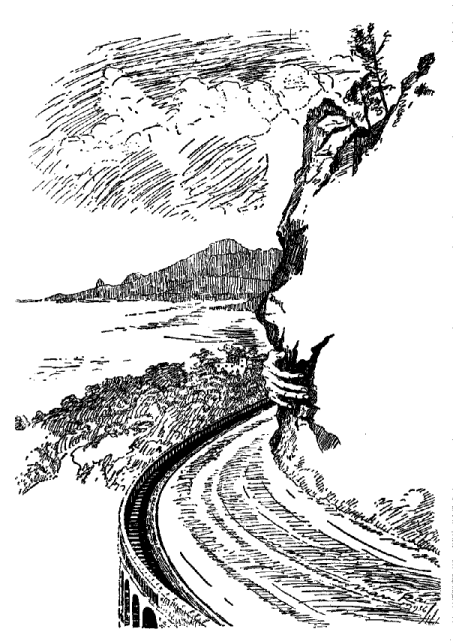
Contemporary art: an abundance of dream depictions
Although the dream in art is a theme that has been reinvented over the years, there are still many on the contemporary scene showcasing it. Representations of dreams are abundant, and artists draw clear inspiration from past movements.
Through Julie Lagier’s lens, objects and female figures take on an unusual dimension. Inspired by Surrealism, her art stems from her dreams as she reinterprets them, presenting them in a hazy and evasive manner. In her exploration of Surrealism and dream art, her photographs are joyfully distorted, sometimes falling into the realm of incomprehension to the outside eye.


Gabrielle Rul’s delicate sketches deploy a poetic and authentic imagination.
Dream art, an immortal shape-shifter
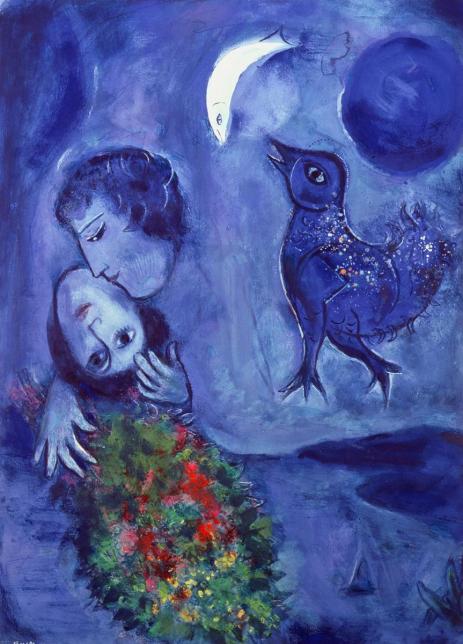
In conclusion, whether it be representations of the afterlife or the subconscious, the bringing of the imaginary to our own world, no matter its form, dream art always evokes something powerful within us. As a result, all at once it brings together the personal and the intimate, the fantastical and nightmarish, but equally the prophetic and divine. Artists, contemporary or otherwise, will never finish stunning us with their explorations of dream art.

About Artsper
Founded in 2013, Artsper is an online marketplace for contemporary art. Partnering with 1,800 professional art galleries around the world, it makes discovering and acquiring art accessible to all.
Learn more













